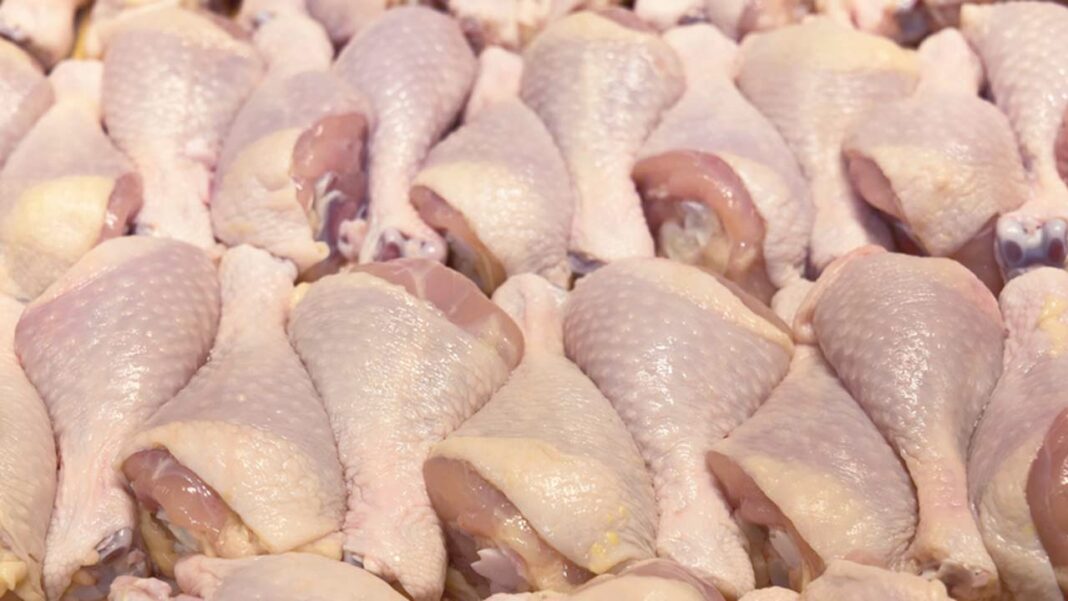Porto Alegre, January 26, 2022 – Brazilian animal protein exports achieved record revenue in 2021. Its spectacular performance was in line with two factors, the first is the good pace of purchases from China. Even with signs of a slowdown in imports, the country remained a major meat importer on world scale. The second aspect was exchange rate volatility, the real operated undervalued in a significant part of the year and allowed Brazilian commodities to be highly competitive in the international market, including the meat industry.
The current conjecture points to advances in pork production in China, which tends to reduce the pace of imports. However, this topic will be better explored in the second part of this publication. The fact is that a less active China tends to result in the worsening of the crisis process in Brazilian pig farming, the margins of the activity start 2022 very tight due to the increase in animal nutrition costs, besides the surplus supply present in the domestic market. Unlike pig farming, it is difficult to quickly reduce the volume of supply.
Over the course of the year, the expectation is for a weaker performance of pork exports due to the change in the demand profile. As for beef, the performance will be satisfactory, with conditions to maintain the prices of live cattle at a high level. China should direct its beef consumption to Brazil due to a greater production capacity and prices that are less prohibitive compared to other competitors, such as the United States and Australia.
For chicken, the performance should again be very positive throughout the year. The sector should export more than 4.6 million tons in 2022, and several factors justify this optimism. The first of them is that Brazilian chicken has highly competitive prices on the international market, with the exchange rate movement as a preponderant factor for this scenario. Another aspect is that Brazil continues as a territory free of Avian Influenza, the situation is serious in Europe and Asia, but the highlight of the week was the advance of the disease in the US market, Brazil’s great competitor in this segment.
Compared to 2021, beef exports were hampered by the Chinese-imposed embargo that lasted more than 100 days. In terms of volume, there was a decline of 8% compared to 2020, the country shipped around 2.7 million tons in carcass equivalent last year. In terms of revenue, the growth was very positive, shipments exceeded 9 billion dollars, a gain of 8.2% compared to 2020. In any case, the trend was that the financial result would exceed the figure of 10 billion dollars if the embargo had not occurred, so the feeling is still of losses, even with satisfactory performance.
In relation to pork, the numbers were excellent, with Brazil exporting around 1.11 million tons last year, up 10.6% from the same period last year. What is worrying is the retraction of shipments since last November, with China pointing to a slower pace of purchases amid its productive advance. Last year’s revenue outpaced 2.6 billion dollars, up 16% from 2020.
For chicken, there is much to celebrate in terms of export performance last year. Basically, this protein is less dependent on China than the others. The growth in shipments destined for the United Arab Emirates and South Africa was the highlight in 2021. Halal meat exports are an important differential, with Brazil being the undisputed leader in the segment that involves over 1.5 billion people around the world. In addition, the absence of Avian Influenza outbreaks keeps Brazilian chicken in a privileged position.
In 2021, Brazil shipped around 4.47 million tons of chicken, an increase of 8.1% compared to the same period last year. In terms of revenue, the result was spectacular, the country collected around USD 7.5 billion last year, up 25% from 2020. In 2022, the environment is optimistic, with the expectation of further advances in terms of volume and revenue.
The advancement of exports becomes an important weapon for the Brazilian meat industry in 2022, since the operating margin is weakened due to the current cost structure. This condition is more worrisome for swine and chicken, the former being the major focus of concern, since shipments tend not to repeat the performance of previous years.
Regarding domestic consumption, the current economic situation points to a preference for more affordable proteins, as happened in 2021. Basically, Brazilian consumers cannot absorb new wholesale beef readjustments, opting for more affordable proteins, which cause less impact on average income. Therefore, chicken will continue to be preferred by an important part of the population throughout the year.
SAFRAS Latam

